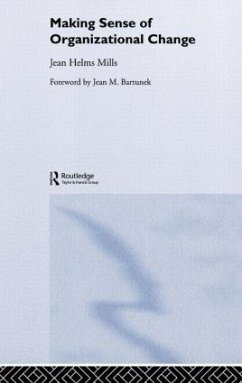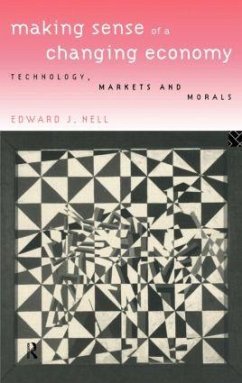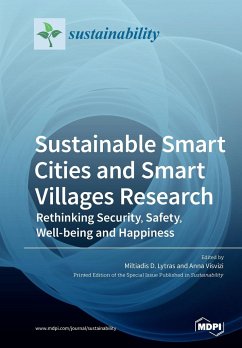
Sense and Respond
Industrial Applications of Smart Sensors in Cyber-Physical Systems
Versandkostenfrei!
Versandfertig in 1-2 Wochen
58,99 €
inkl. MwSt.

PAYBACK Punkte
29 °P sammeln!
Over the past century, the manufacturing industry has undergone a number of paradigm shifts: from the Ford assembly line (1900s) and its focus on efficiency to the Toyota production system (1960s) and its focus on effectiveness and JIDOKA; from flexible manufacturing (1980s) to reconfigurable manufacturing (1990s) (both following the trend of mass customization); and from agent-based manufacturing (2000s) to cloud manufacturing (2010s) (both deploying the value stream complexity into the material and information flow, respectively). The next natural evolutionary step is to provide value by cre...
Over the past century, the manufacturing industry has undergone a number of paradigm shifts: from the Ford assembly line (1900s) and its focus on efficiency to the Toyota production system (1960s) and its focus on effectiveness and JIDOKA; from flexible manufacturing (1980s) to reconfigurable manufacturing (1990s) (both following the trend of mass customization); and from agent-based manufacturing (2000s) to cloud manufacturing (2010s) (both deploying the value stream complexity into the material and information flow, respectively). The next natural evolutionary step is to provide value by creating industrial cyber-physical assets with human-like intelligence. This will only be possible by further integrating strategic smart sensor technology into the manufacturing cyber-physical value creating processes in which industrial equipment is monitored and controlled for analyzing compression, temperature, moisture, vibrations, and performance. For instance, in the new wave of the 'Industrial Internet of Things' (IIoT), smart sensors will enable the development of new applications by interconnecting software, machines, and humans throughout the manufacturing process, thus enabling suppliers and manufacturers to rapidly respond to changing standards. This reprint of "Sense and Respond" aims to cover recent developments in the field of industrial applications, especially smart sensor technologies that increase the productivity, quality, reliability, and safety of industrial cyber-physical value-creating processes.












